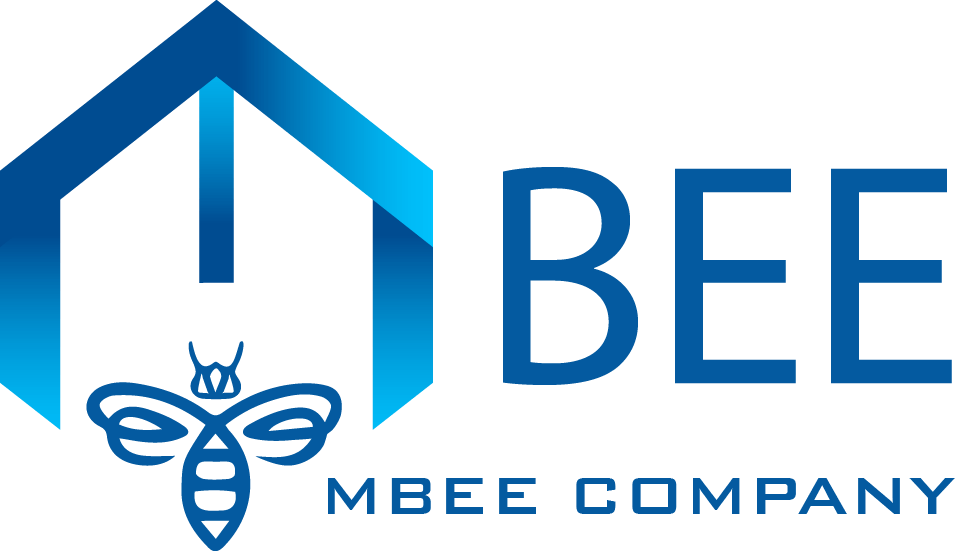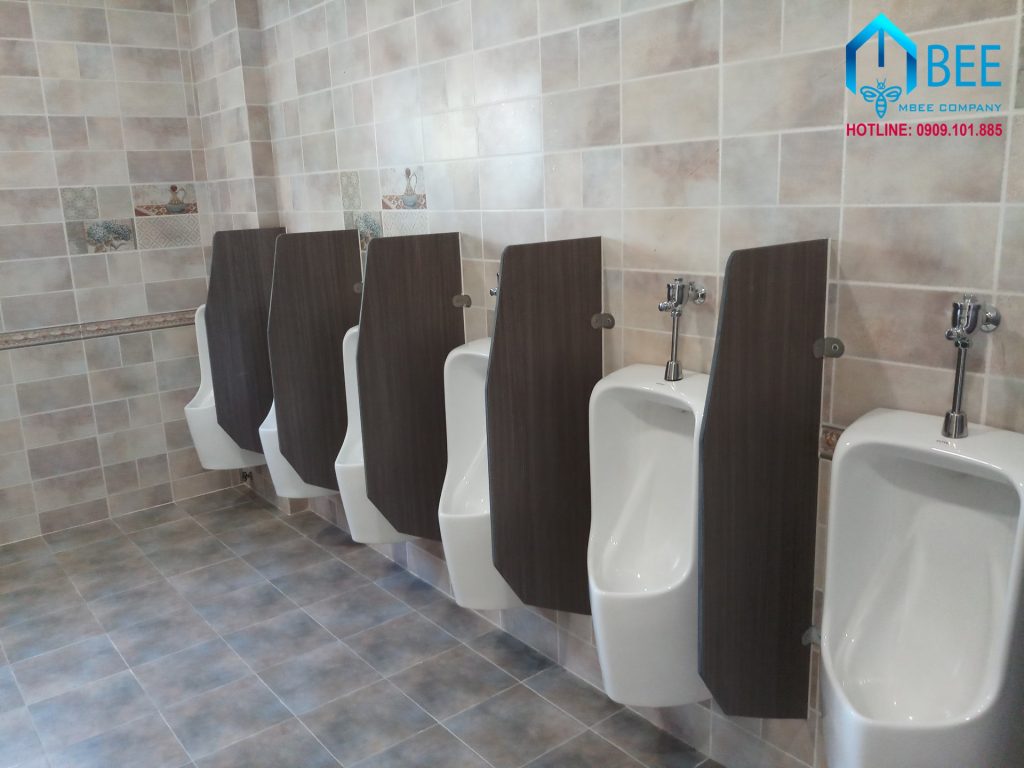When it comes to designing resilient architectural and interior spaces, High-Pressure Laminate (HPL) has emerged as a top choice for its durability, versatility, and resistance to various environmental factors. This article explores how HPL thrives under extreme weather conditions, making it a trusted material in the construction and design industries.
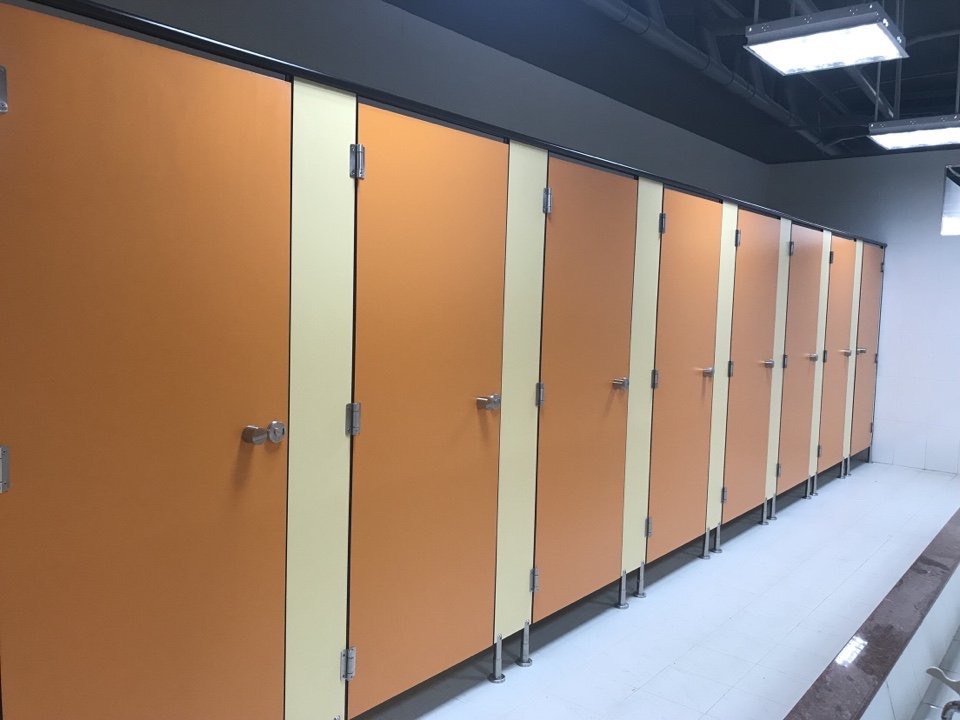
What is High-Pressure Laminate?
High-Pressure Laminate (HPL) is a decorative material manufactured by compressing layers of kraft paper impregnated with phenolic resin, topped with decorative layers and a protective overlay, under high heat and pressure. The result is a robust material that maintains its aesthetics and functionality even under demanding conditions.
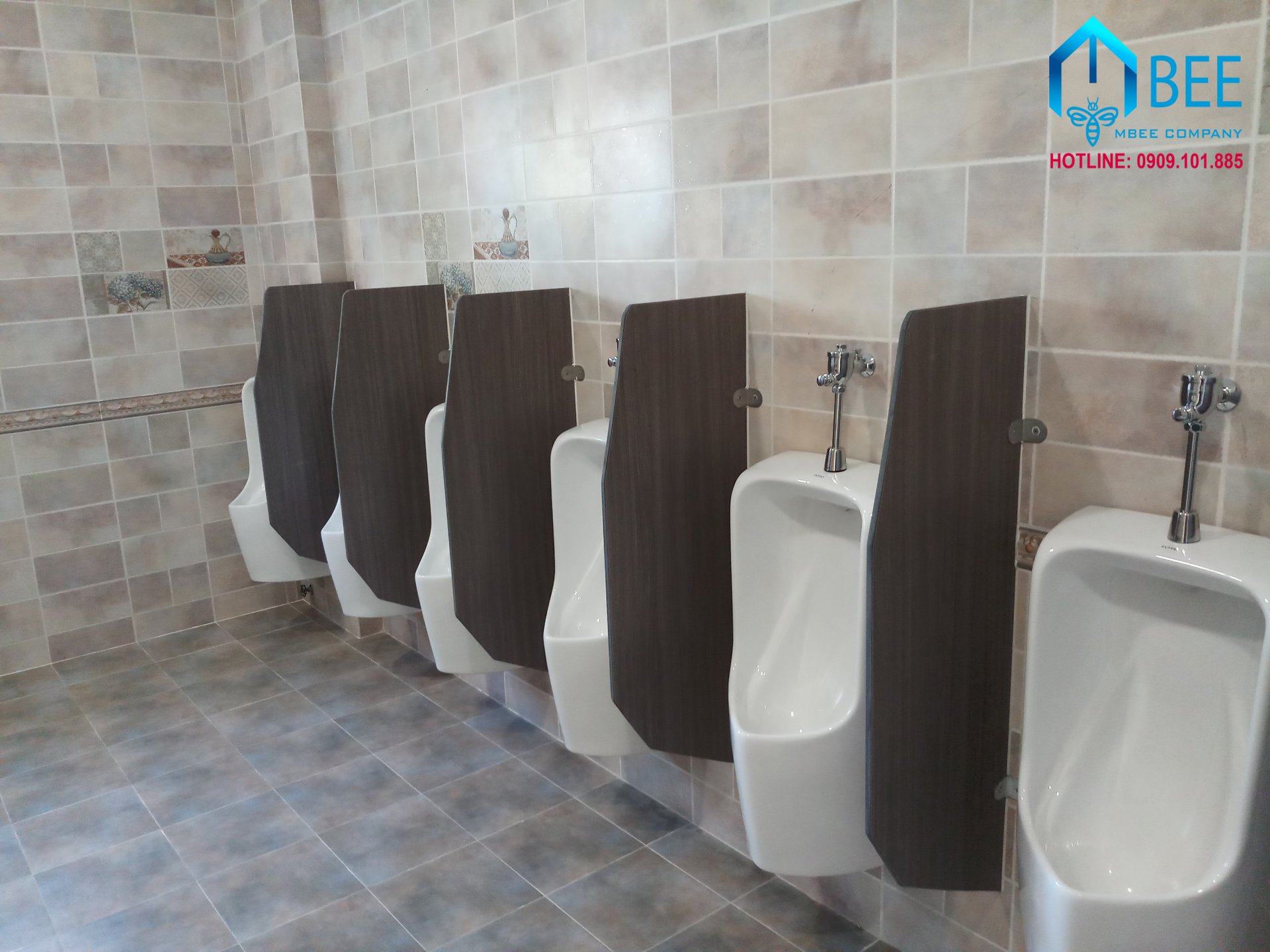
Resilience Against Extreme Weather Conditions
HPL is designed to withstand a wide range of environmental stressors. Here’s how it performs under different extreme weather scenarios:
1. Heat and UV Resistance
HPL is engineered with ultraviolet-resistant overlays and treatments, making it ideal for sunny and hot climates. It doesn’t fade, warp, or deteriorate under prolonged exposure to sunlight or high temperatures, making it an excellent choice for outdoor façades, furniture, and signage.
2. Moisture and Humidity Protection
One of HPL’s standout features is its resistance to moisture and humidity. Its sealed surface prevents water absorption, eliminating concerns about swelling, delamination, or fungal growth in wet conditions. This property makes it suitable for kitchens, bathrooms, and exterior applications in humid regions.
3. Cold and Frost Durability
In freezing temperatures, materials often expand, contract, or crack. HPL, however, maintains its structural integrity due to its dense and non-porous composition. This ensures consistent performance even in harsh winter climates.
4. Resistance to Abrasion and Impact
HPL surfaces are highly resistant to scratches, impacts, and abrasion, making them suitable for areas prone to strong winds carrying debris or regions with harsh environmental conditions.
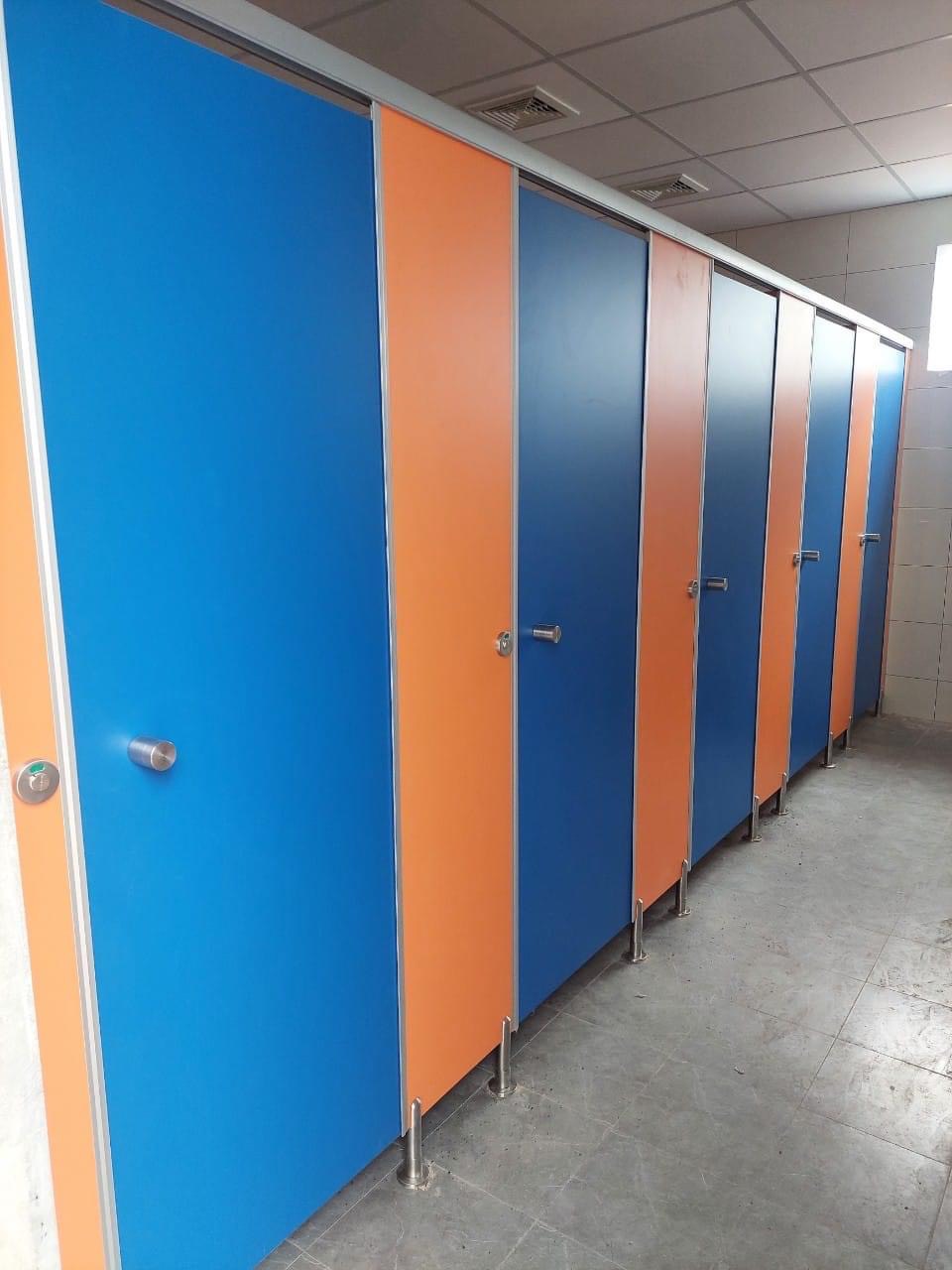
Applications of HPL in Extreme Weather Conditions
1. Exterior Cladding and Facades
Architectural HPL is increasingly used in building exteriors for its weatherproof properties and aesthetic appeal. Its ability to resist UV rays, heat, and precipitation ensures that buildings maintain their appearance and structural soundness over time.
2. Outdoor Furniture and Signage
Outdoor spaces benefit significantly from HPL’s resilience. Whether it’s benches, tables, or informational signage, HPL materials withstand wear and tear without compromising on design or functionality.
3. Wet and Humid Interiors
In spaces like swimming pools or saunas, where moisture is a constant challenge, HPL remains an effective solution due to its waterproof surface and anti-fungal characteristics.
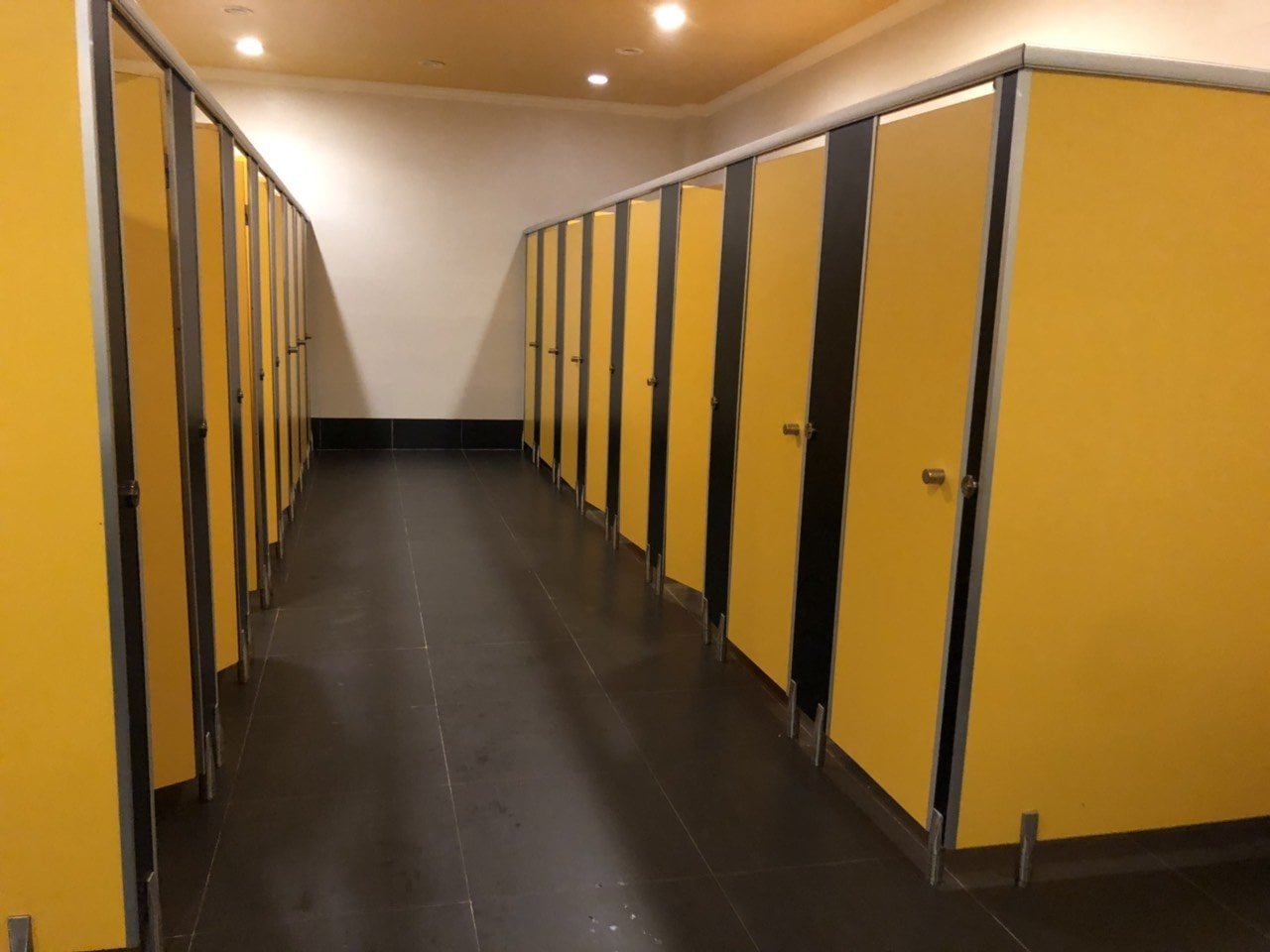
Maintenance and Longevity
HPL’s low-maintenance requirements further enhance its appeal. Cleaning typically involves a simple wipe with mild detergents, as it resists stains and does not require refinishing. Its long lifespan also translates into cost-effectiveness, reducing the need for replacements over time.
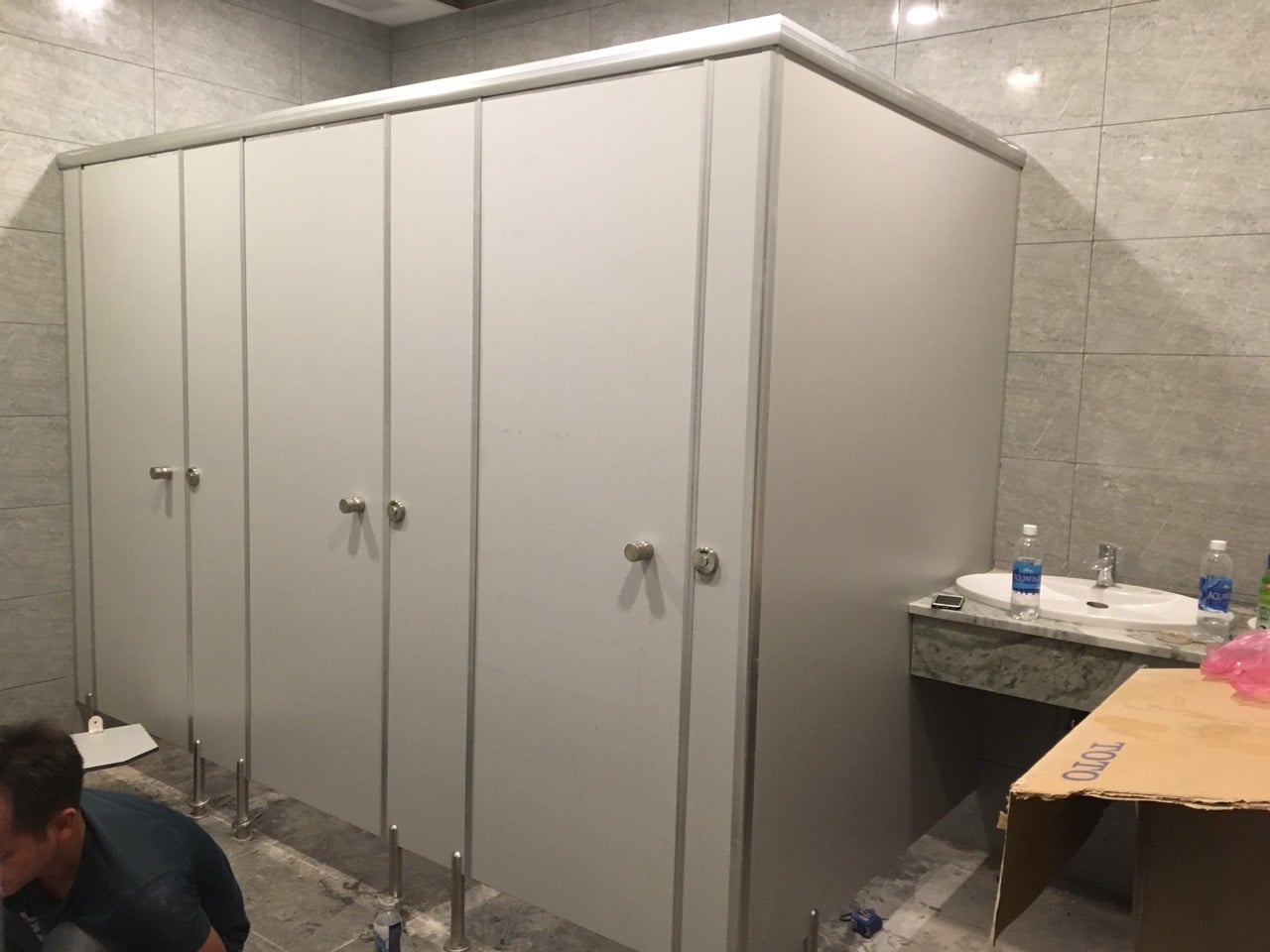
Sustainability of HPL
Modern HPL manufacturing processes emphasize environmental responsibility. Many manufacturers use sustainably sourced raw materials and adhere to eco-friendly practices. Additionally, HPL’s durability reduces material wastage, aligning with sustainable building and design goals.

Conclusion
High-Pressure Laminate’s ability to survive and excel in extreme weather conditions makes it a go-to material for both indoor and outdoor applications. From withstanding blazing sunlight to thriving in wet or icy climates, HPL combines durability, aesthetics, and environmental performance in one package. As a solution for modern design challenges, HPL continues to redefine resilience and versatility in construction and design.
